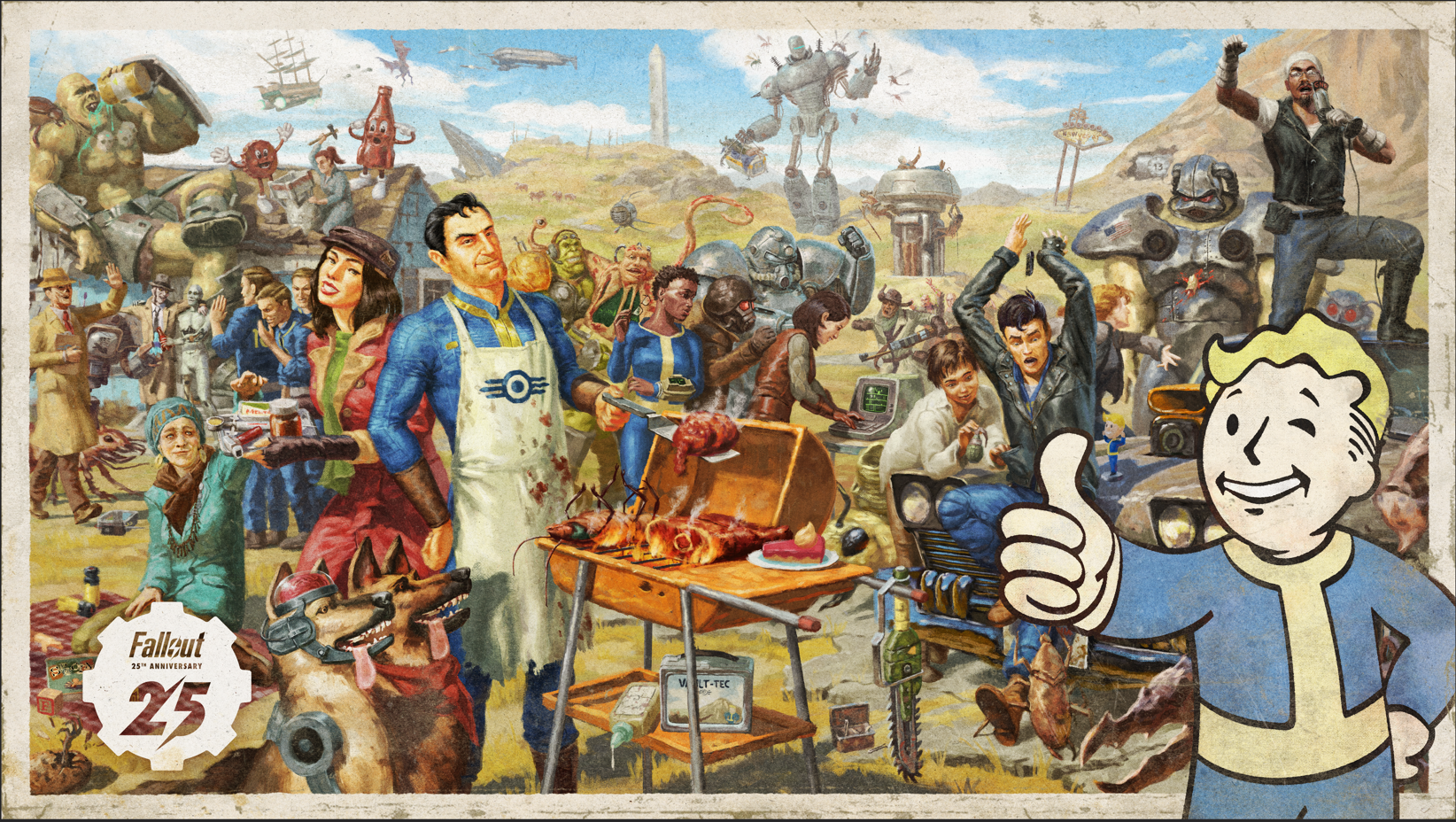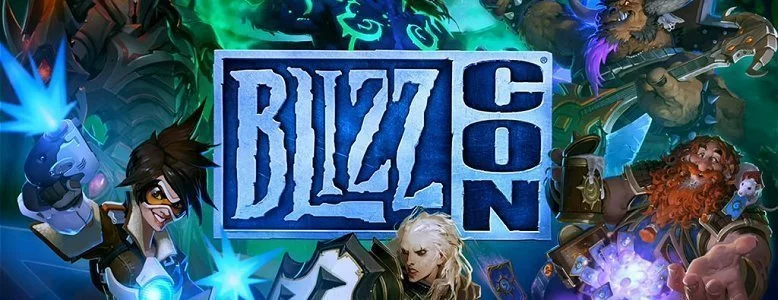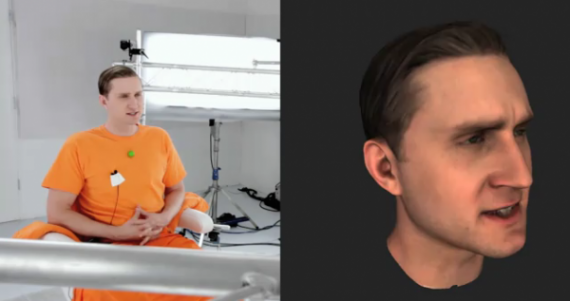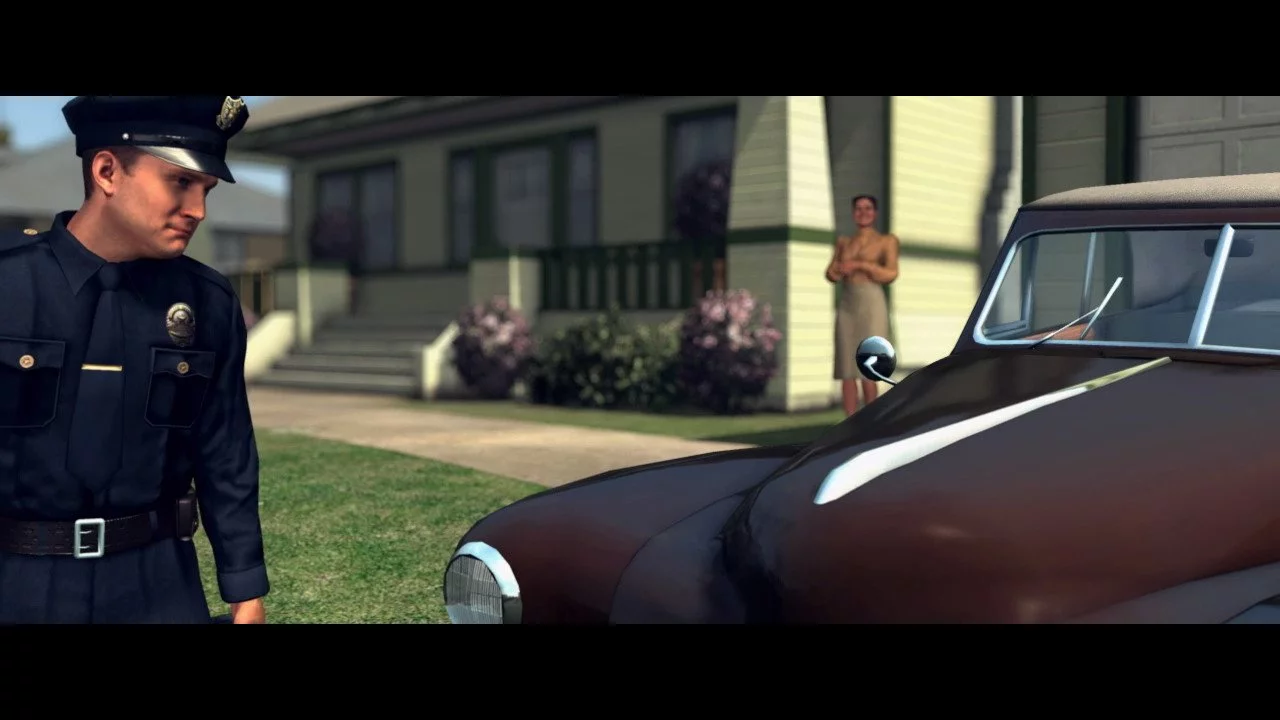What’s old is new again, thanks to a re-release of Team Bondi’s L.A. Noire windows PC, Xbox One, PS4 and Nintendo Switch. We’ve taken the easy way out and have modified our original 2011 review in response.
L.A. Noire proved itself as something far different than Grand Theft Auto upon release, offering up a noir, crime-infested version of Los Angeles for Cole Phelps to run amok in. At the time (and hell, even now), the title’s MotionScan was a game-changer, able to map real actors’ facial expressions to their in-game counterparts. Those worried about a trip into Uncanny Valley, where realism is within arm’s reach (but not quite there) needen’t worry; it doesn’t happen.
While there are better things to do in L.A. Noire, pop culture nerds will inevitably play an unofficial mini-game called called “Spot the Celebrity Cameo!” – I picked out Andy Umberger from Dexter, John Noble from Fringe, Bob Clendenin from Cougar Town, and of course, Greg Grunberg from everything J.J. Abrams has ever made.
MotionScan adds a new level of depth to in-game interrogations, but I found the investigation of crime scenes to be the best bit of the game. Especially in instances of murder, the scenes are startlingly accurate and macabre. Mutilated, naked — and quite simply, raw — bodies are on display, and collecting evidence on and around the victim really personalises that poor soul. You get a great insight into the victim and his or her life, and you can’t help but feel for them. It’s heartbreaking.
The usage of MotionScan as a game play mechanic is well done, though not as amazing as I feel it was made out to be. Someone makes a statement during an interrogation and sits motionless afterward? They’re telling the truth. Someone makes a statement and darts their eyes around a bit? Doubt their statement. Someone says something and then fidgets around uncontrollably? They’re lying. Not much else to it. I think I got about five total questions wrong using the above system.
Phelps DOES draw nice sketches, though. While the game looks and plays amazingly on current-gen (4K, HDR, etc) the Switch version is the console to (re)play upon. While there are gimmicky motion controls that can be turned off, using the handheld’s touchscreen to manipulate Phelps’ notebook just feels right.
I’m very happy that I could request that Phelps’ partner drive me around to crime scenes to avoid Grand Theft Auto-like driving frustration. And collectibles like golden film reels? Unless you’re going to include short clips or something from those films of yesteryear, don’t bother riddling your game with useless collectibles. Saying that, the 95 different collectible vehicles from the time-period were a nice touch, as it was an inclusion that actually added some depth to the title.
At the end of the day, Cole Phelps is a pretty horrible guy. He fondles the evidence at every crime scene. When questioning suspects, he gets a bit bi-polar; if you select “Doubt” after a calmly-asked question, Cole sometimes completely freaks out, slamming his fist down on a table and screaming (very weird) accusations at his target. I jumped in my seat a couple times as I really just felt bad for the person I was suddenly abusing.
Now, it does need to be said that you won’t be able to recreate the video above — well, as faithfully, at least — on current-gen. The game’s Truth, Doubt and Lie options have been replaced with Good Cop, Bad Cop and Accuse to make more sense.
But back to stuff that wasn’t changed. As mentioned earlier, driving is atrocious; unfortunately, the characters themselves handle just as badly as L.A. Noire’s cars do. If you run, be prepared to circle a ladder about twelve times before you actually hit the damn thing. The only comparisons to Grand Theft Auto should be made against driving sequences, and in Noire‘s “Street Crime” mini-events; run somewhere, shoot someone, run somewhere else, shoot another person after a car chase. Those events simply pad out the game, and in doing so, take away from the realism that the game was actually going for. I swear, after 40 Street Crime cases, I think I’d killed about 150 people. On top of all this, there’s not much else going on in town, despite a sprawling world.
L.A. Noire is a CSI-like game with way more money thrown into it, far more atmosphere, and a ton of Rockstar Games-induced hype (so take that, Ubisoft). It’s fun to play at some times, and frustrating in others. You can get a similar experience at a budget price with CSI, and the end result is largely the same – it’s a crime scene game; some will love it for the detective work, some won’t, and vice versa for shootouts and action events. The best part about recommending this game in 2017 is that most of you have already given it a go; you’ll know if it’s worth a revisit or not.
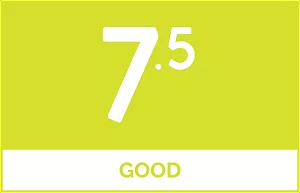 |
|
The good
|
The bad
|
L.A. Noire was re-reviewed using a promotional code on Xbox One X and Switch, as provided by the developer. It was originally reviewed on Xbox 360 using a purchased disc. Click here to learn more about Stevivor’s scoring scale.
This article may contain affiliate links, meaning we could earn a small commission if you click-through and make a purchase. Stevivor is an independent outlet and our journalism is in no way influenced by any advertiser or commercial initiative.


